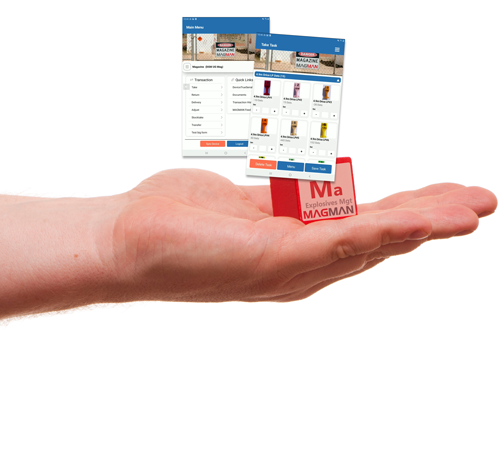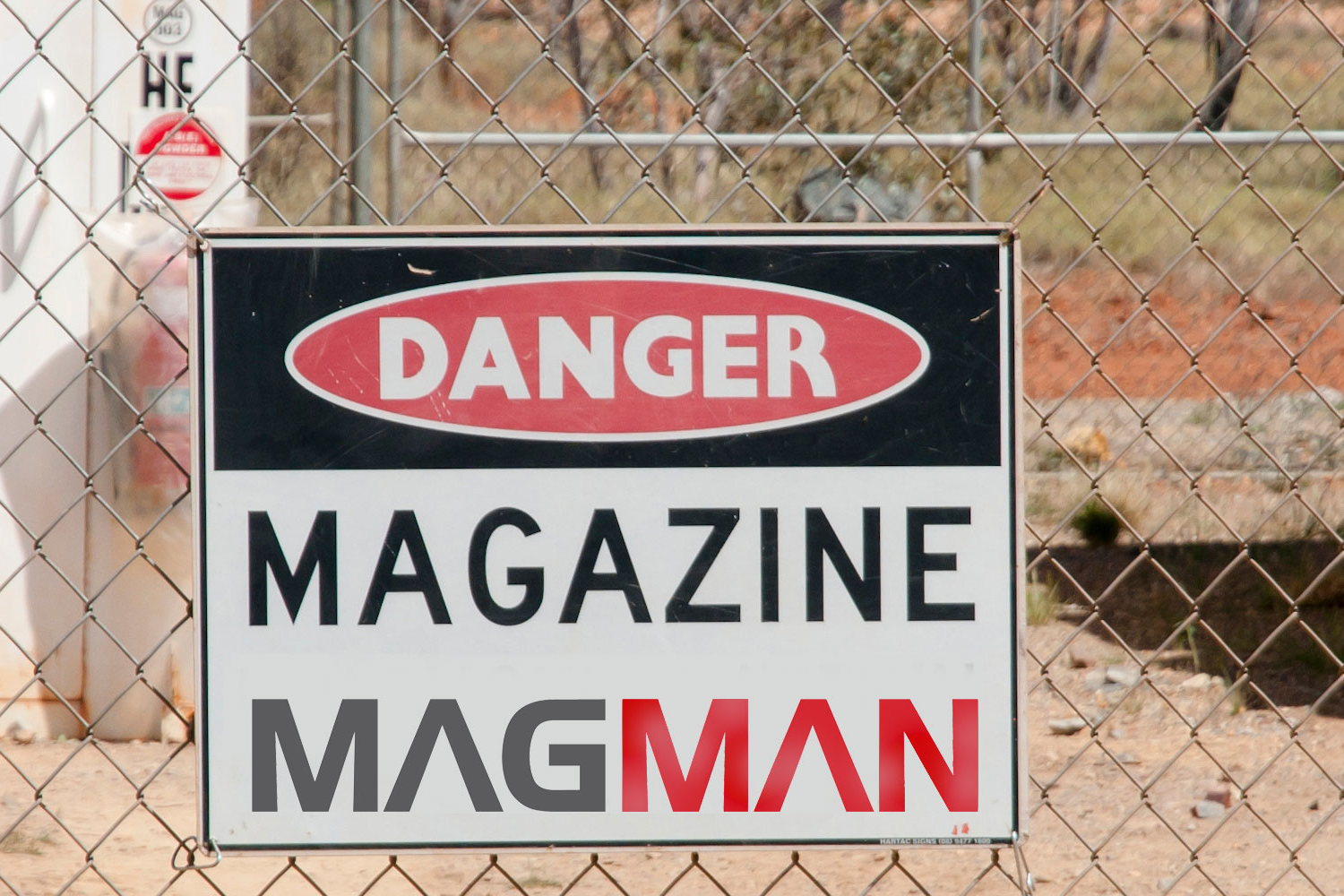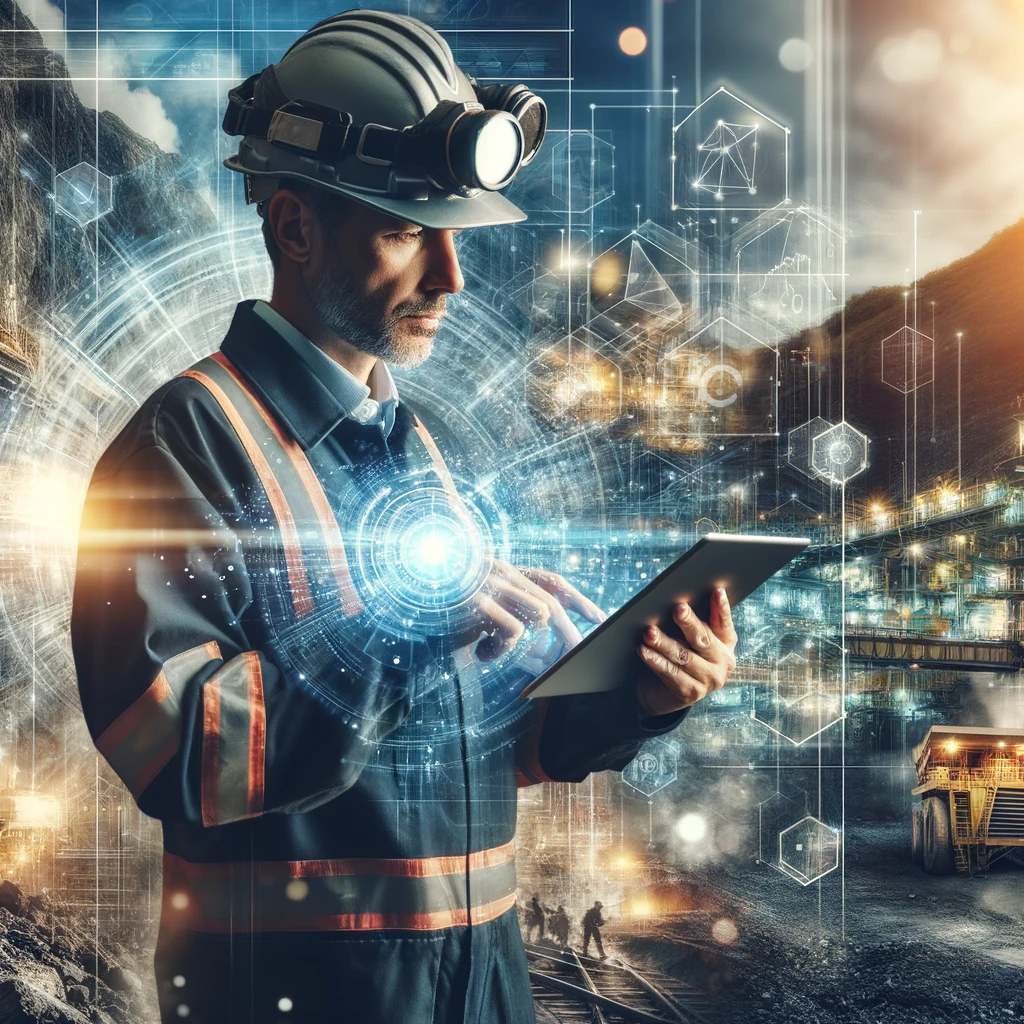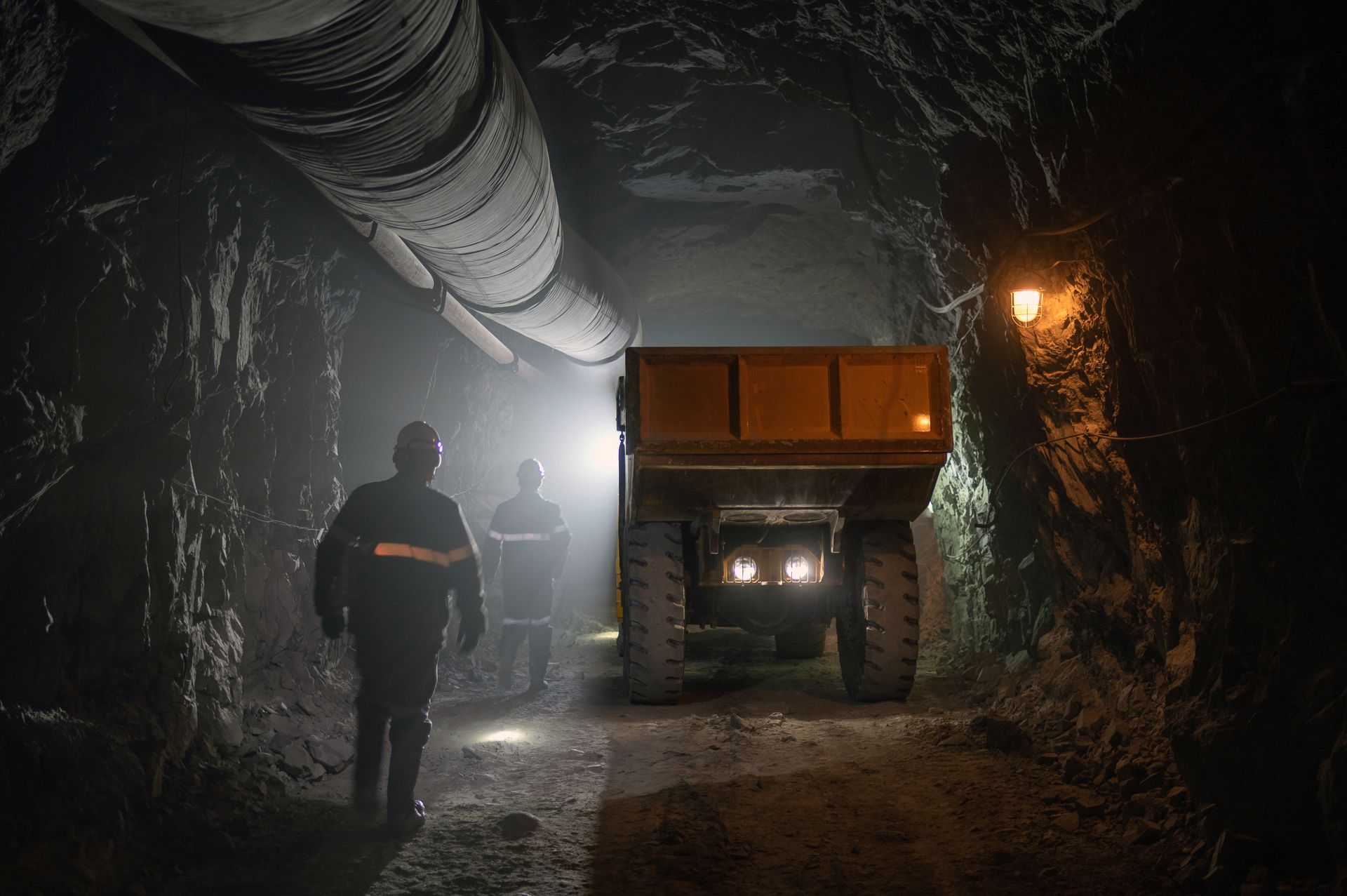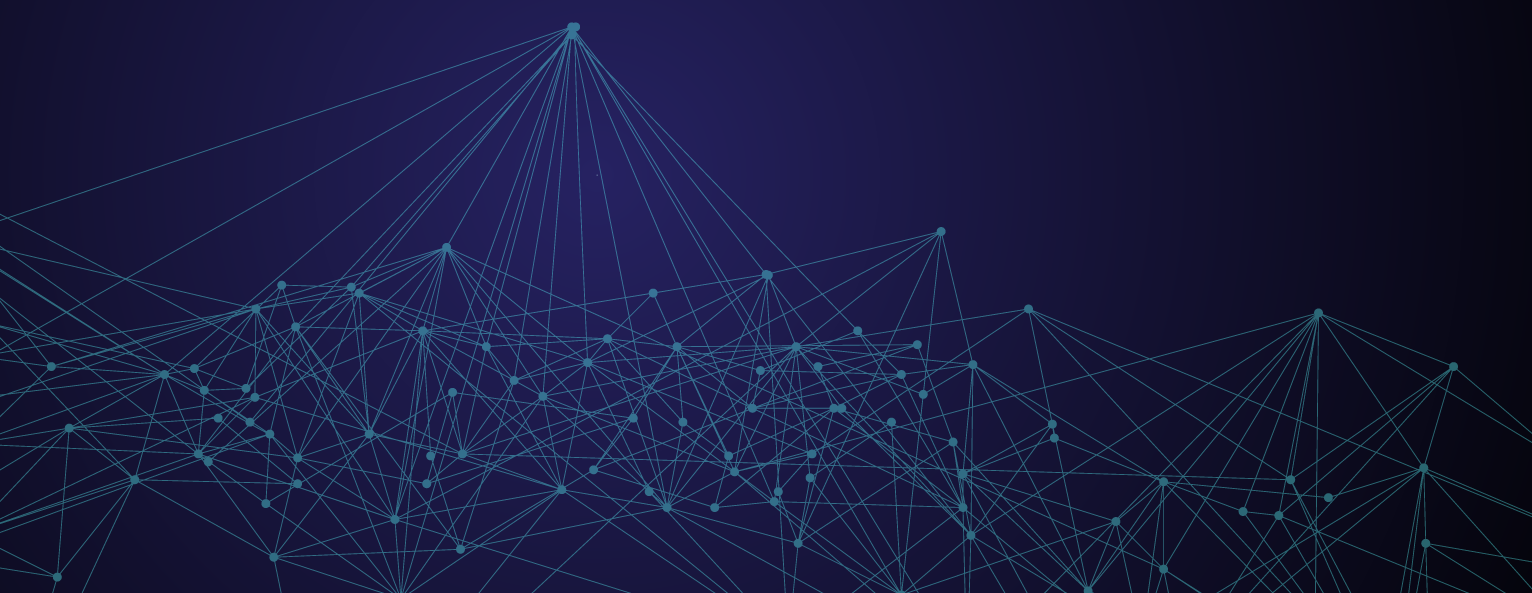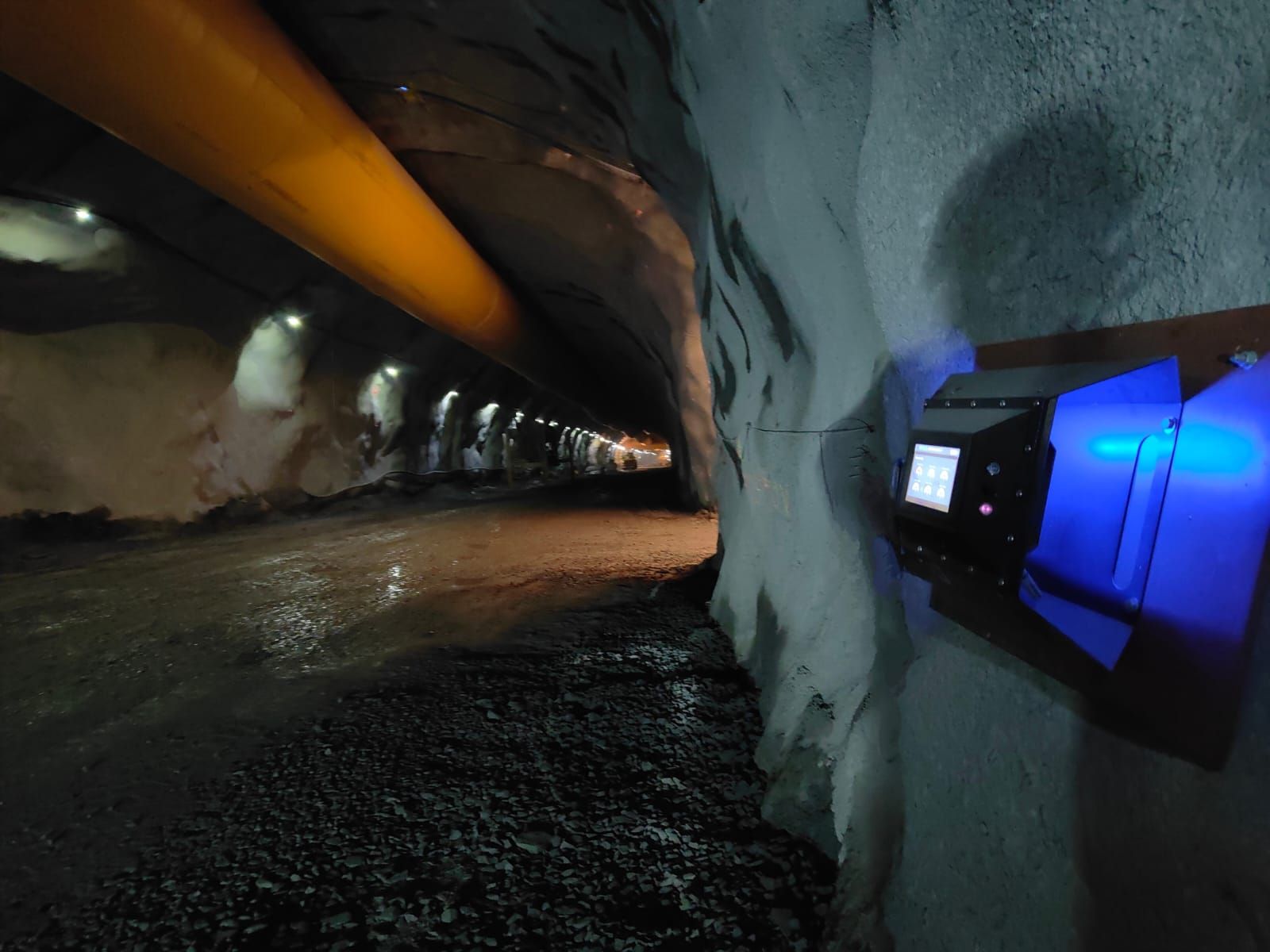إدارة
blah blah blah core suite
Shape Overview
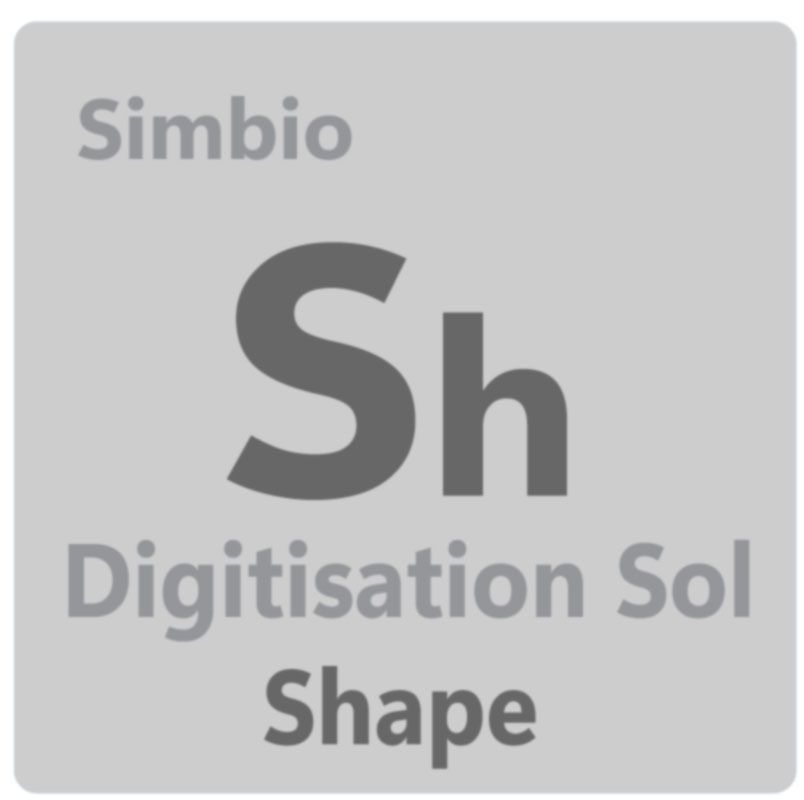
Process the data collected into usable formats by filtering out noise and surfacing critical aspects of the data
Montoring Rock bolts and reinforcement of a decline
VideoMonitoring rock bolts, reinforcement of a decline, and drift in underground mining is crucial for ensuring the safety and stability of mine workings. Well-established benefits and legal requirements associated with this practice include:
1. Safety Assurance:
Regular monitoring of rock bolts and reinforcement ensures that the underground workings remain stable, minimising the risk of roof falls, collapses, and other hazardous incidents.
2. Early Detection of Instabilities:
Monitoring allows for the early detection of any signs of instability or degradation in the rock mass or support systems, enabling proactive measures to be taken to address potential issues before they escalate.
3. Compliance:
Compliance with legal regulations and safety standards is crucial in the mining industry. Regular monitoring helps ensure that the mine operator is meeting all relevant regulatory requirements, reducing the risk of fines or legal liabilities.
4. Mining Codes and Guidelines:
Many jurisdictions have specific mining codes or guidelines that outline the requirements for monitoring and maintaining underground mine workings. These codes may specify the frequency of inspections, the methods to be used, and the criteria for assessing the condition of rock bolts and reinforcement.
5. Industry Best Practices:
In addition to legal requirements, mining companies adopt industry best practices and standards developed by organisations such as the International Society for Rock Mechanics (ISRM) or the Mine Regulators in each state across Australia. These guidelines provide recommendations for monitoring techniques and frequencies to ensure the safety and stability of underground workings.
With a strong background in Mining, Digital Terrain appreciates the importance of monitoring rock bolts and reinforcement in underground mining for mine operators and owners. Our Lidar Mapping services enable clients to observe relevant regulations, codes, and industry best practices resulting in enhanced safety and stability of underground mine workings.
LiDAR no longer a technical Novelty
VideoLiDAR is no longer a technological novelty but a transformative tool that is reshaping the landscape of underground mining. By providing accurate, real-time data and enabling automation, LiDAR enhances the safety and efficiency of mining operations, paving the way for a more sustainable and productive future. Rio Tinto, Barrick and BHP have all published information on how Lidar has had direct benefits to their operations but you don’t need to be a multinational to enjoy the same benefits which include:
Real-Time Mapping and Monitoring
LiDAR systems can continuously scan the mine’s interior, creating real-time maps that highlight structural weaknesses, detect changes, and monitor potential hazards. By providing detailed and continuous updates, LiDAR helps mining engineers make informed decisions, plan safe excavation routes, and preemptively address any structural concerns.
Improved Navigation and Automation
Navigating the labyrinthine tunnels of an underground mine is a daunting task. Traditional methods relying on manual mapping are time-consuming and prone to error. LiDAR simplifies this process by generating accurate 3D maps that can be integrated with autonomous vehicle systems. This synergy enables automated drilling and hauling equipment to operate with precision, reducing the need for human presence in dangerous areas and thus minimizing the risk of accidents.
Streamlined Infrastructure Development
Constructing underground infrastructure such as tunnels, shafts, and ventilation systems is a complex task. LiDAR technology aids in this process by providing accurate measurements and models of the mine’s interior. This data facilitates the design and construction of infrastructure, ensuring that it is optimally placed and captured to support mine modelling and management.
Enhancing Safety and Operational Efficiency
One of the most critical challenges in underground mining is ensuring the safety of miners. The subterranean environment is fraught with hazards such as rock falls, gas leaks, and structural failures. LiDAR technology plays a pivotal role in mitigating these risks which is enhanced when deploying mobile Lidar and SLAM based technologies that extend the coverage in reduced time to capture.
By providing accurate, real-time data on underground conditions, Digital Terrain LiDAR services help optimise mining operations, reduce downtime, and minimize costly accidents or delays. The ability to remotely capture and inspect inaccessible areas also eliminates guesswork or the need for attempting manual surveys or physical inspections, saving time, resources, and manpower.
Getting raisebores and vents right
VideoRaisebores and vents are an integral part of any underground mining operation. Entities suffering from overbreak or self-mining can have significant implications on safety, efficiency, and productivity. Traditionally cameras were used to generate a mosaic or photogrammetric models of these structures but modern mobile Laser Scanners provide a new level of capability and insight. Here's an outline of some key concerns:
1. Structural Stability:
Overbreak can compromise the structural integrity of raisebores and vents, leading to instability and potential collapse. Structural weaknesses resulting from overbreak increase the risk of falls, rock bursts, and other geotechnical hazards.
2. Ventilation Disruption:
Overbreak can obstruct or damage ventilation pathways within raisebores and vents, disrupting airflow and ventilation systems. Reduced ventilation efficiency can lead to poor air quality, increased heat, and the accumulation of harmful gases, posing risks to worker health and safety.
3. Waste of Resources:
Overbreak requires additional haulage or extraction, consuming valuable resources, including time, labour, equipment, and materials, as additional effort is required to remove excess rock. Increased costs associated with overbreak can also require additional drilling, blasting, scaling, and support installation activities.
4. Project Delays and Cost Overruns:
Overbreak can result in project delays and cost overruns due to the need for remedial actions, rework, and additional resources to address excavation problems. Increased costs associated with overbreak can erode project profitability and competitiveness, particularly in industries with tight profit margins.
Our mining experience reinforces the adage that you can’t manage what you can’t see. Addressing overbreak in raisebores and vents requires proactive planning, effective risk management strategies, and the implementation of appropriate engineering controls and monitoring techniques which Digital Terrain offers as a mobile service.
Unlocking raisebore data insights
VideoWith a legacy of innovation spanning over a decade Digital Terrain have consistently pushed the boundaries of what's possible in mining. Our commitment to excellence drives us to explore new frontiers and deliver data insight for our clients through worldwide partnerships and recognised experts in lidar and drone technologies.
Key Features of Mining Lidar Services:
Sustainability as a Core Principle: We recognise the importance of responsible mining practices in safeguarding the environment and supporting local communities. From minimising environmental impact to promoting modern labour practices, sustainability is ingrained in every aspect of our operations. Our goal is not only to support extract resources but to do so in a way that preserves the planet for future generations.
Safety First Approach:
The safety and well-being of mining employees is paramount. Through advanced safety protocols and continuous improvement initiatives, we strive to create a culture of safety to use the right equipment for the task where every worker returns home safely at the end of the day. Our commitment to zero harm drives everything we do.
Customized Solutions for Every Challenge:
We understand that every mining project is unique, presenting its own set of challenges and opportunities. That's why we offer customized data capture solutions tailored to meet the specific needs of each client. Whether it's exploring inaccessible regions, identifying difficult-to-reach resources, or optimizing existing operations, we have the expertise and resources to deliver results.
Transforming mining insights
VideoIn today's dynamic mining landscape, technological advancements have become a primary force behind continual progress and innovation to underpin the bottom line. The modern mining company is powered by advanced technologies impacting every aspect of the mining process. From exploration and extraction to processing and transportation, technology has reshaped the way we approach mining operations, unlocking new possibilities and driving unprecedented efficiency.
Key Technological Innovations Transforming Mining:
Data Analytics and Artificial Intelligence (AI):
By harnessing the power of big data and AI algorithms, mining companies can analyse vast amounts of geological and operational data to identify patterns, optimize extraction, and make data-driven decisions in real-time across an entire mine site.
Automation and Robotics:
Automation has emerged as a game-changer in mining operations, enabling the deployment of autonomous vehicles, drones, and robotic systems to perform tasks with precision and efficiency. From autonomous haulage trucks to unmanned aerial vehicles for surveying, automation minimises human intervention, improves safety, and enhances productivity.
Virtual Reality (VR) and Augmented Reality (AR):
VR and AR technologies are transforming the way mining companies visualise and plan their operations. From immersive training simulations to interactive mine planning and design, VR and AR enable mining companies and their partners to visualise complex mine environments and scenarios, improving decision-making and collaboration.
At Digital Terrian we are proud to lead the charge in leveraging cutting-edge Drone and Lidar technology to transform mining insights, maximise efficiency, and deliver digital twins to advance these technologies of your entire operation in days not weeks.
